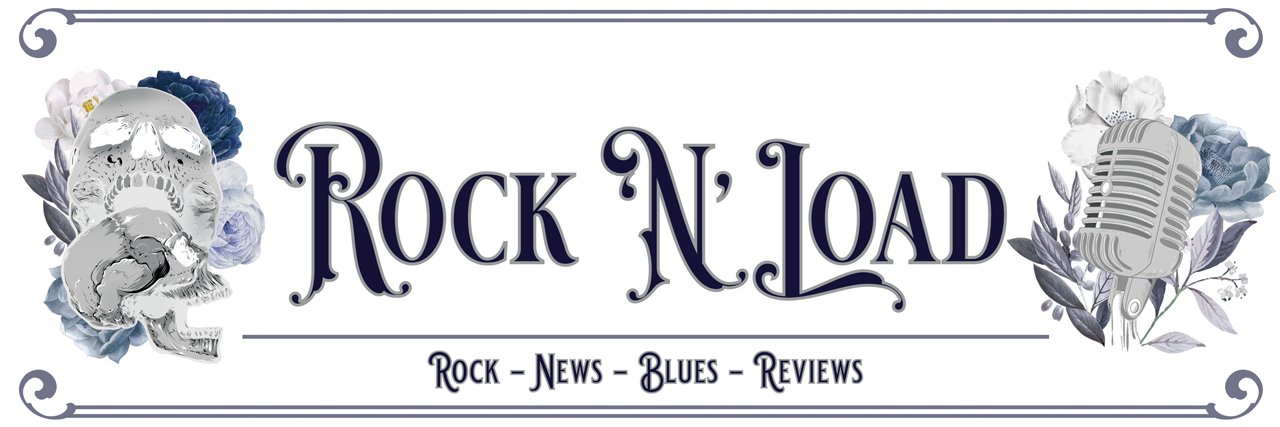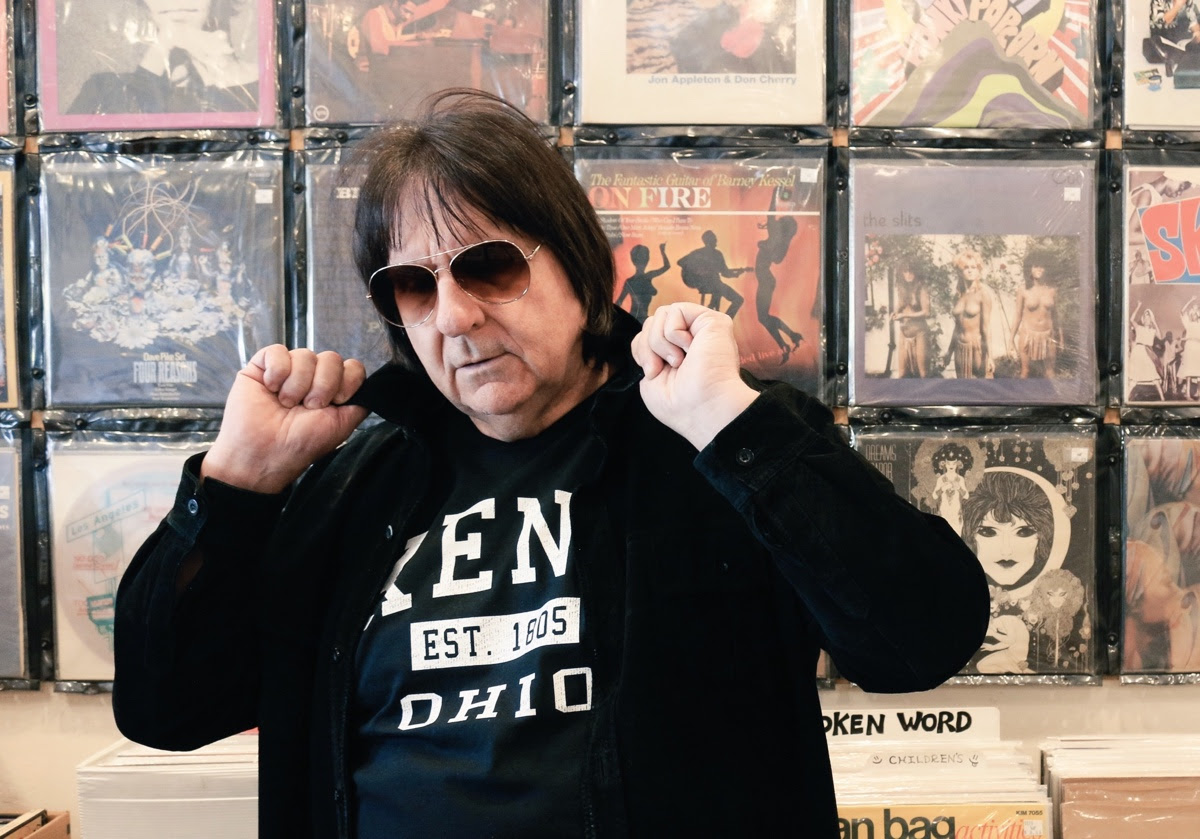| ||||||||||||||
|
Trending Now
- Festival feat. Lottery Winners launches opportunity for new bands
- DURAN DURAN ANNOUNCE HEADLINE SHOW AT NOTTINGHAM’S MOTORPOINT ARENA, OCTOBER 26 2025
- Evanescence Releases New Video For 'Fight Like A Girl' (feat. K.Flay)”
- Dan Sugarman of Ice Nine Kills Announces Slipstream
- STEREOPHONICS Announce December UK Arena Tour
- VAN MORRISON 'Rock ’n’ Roll & Swing session' Live at Mandela Hall Belfast
- IDLEWILD ANNOUNCE FIRST ALBUM IN SIX YEARS
- ANGEL DU$T JOIN RUN FOR COVER RELEASE 7" SINGLE "THE BEAT"
- PALE WAVES // STILL SMITTEN UK & IRELAND TOUR // OCTOBER
- THE DAMNED ANNOUNCE 50TH ANNIVERSARY CELEBRATION





